VDMbee Value Management Methodology
If you have to make a transition into something uncertain, wouldn’t it be great when you can prototype scenarios and assess desired impact? VDMbee Value Management methodology is a great enabler to support you. VDMbee has contributed to and leveraged the Value Delivery Modelling Language (VDML) of the Object Management Group (OMG.org).
With the VDMbee Value Management Platform, that supports the VDML1.0 and SMM1.1 specifications, you describe your Business Models in the common Value Management language and share your scenarios across your team(s).
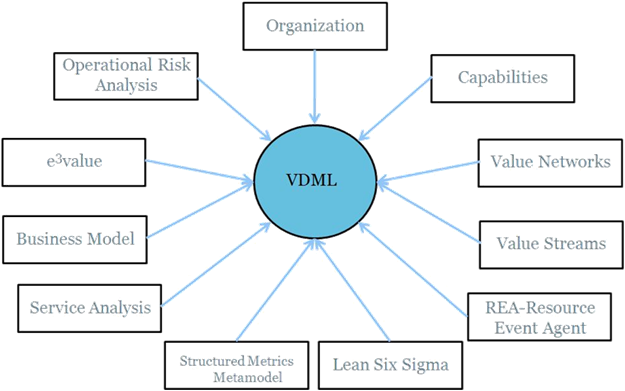
Create a clear view on the development of your business
With the VDMbee Value Management methodology you create a clear view on the development of your business. This view can be shared with all stakeholders to get a tangible vision. Everybody can look to the same dynamic photo of the business.
Our methodology gives you:

Clear view on the development of your business
a clear view on the structure of your business, Business Models and Business Model dimensions
a clear view on the Value Delivery networks of your business, Business Models and Business Model dimensions
the possibility to relate Big Data, benchmark data, market analysis with the Value Delivery network and set objectives
the possibility to define scenarios, perform what-if analysis, assess results and decide which plan to implement
the support to implement the plan, create a shared view with the stakeholders, to see and sense the impact on the structure of the business, Business Models and Business Model dimensions
Discover, Prototype and Adopt
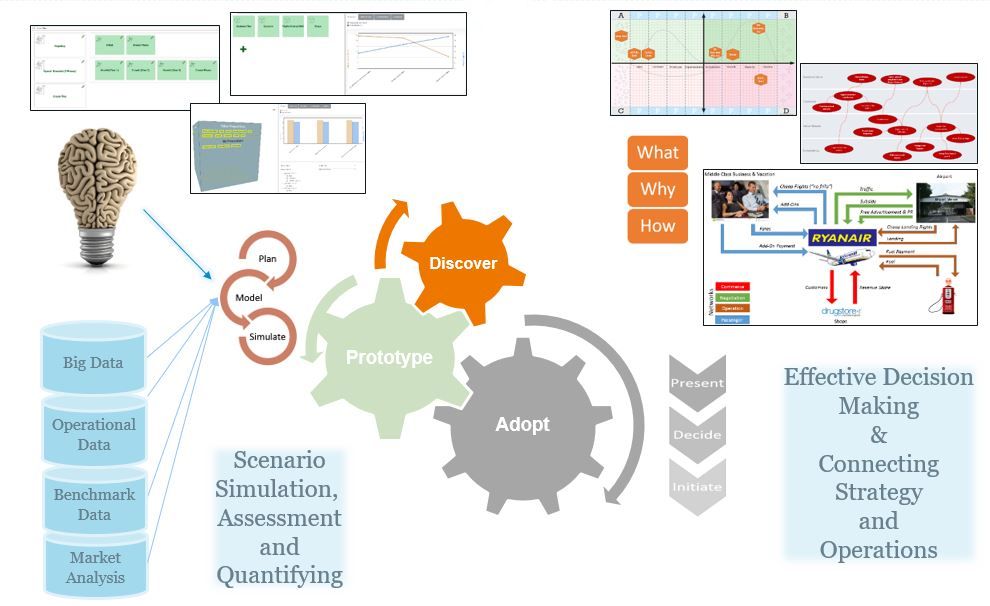
VDMbee Value Management methodology
VDMbee invented the VDMbee Value Management methodology for “Continuous Business Model Planning”. In a business world where everything changes continuously, it is very hard to make a plan that will last for the next three years. The only thing constant during that period is that everything will change. When your business needs a validity check on its existing Business Models and you are considering options for future direction, VDMbee provides you a methodology to help you navigating your Business, Business Models and Business Model dimensions.
We see this as a continuum, an ongoing effort. To manage this effectively, it is good to distinguish multiple phases: “Discover”, “Prototype” and “Adopt”.
Discover creative innovations
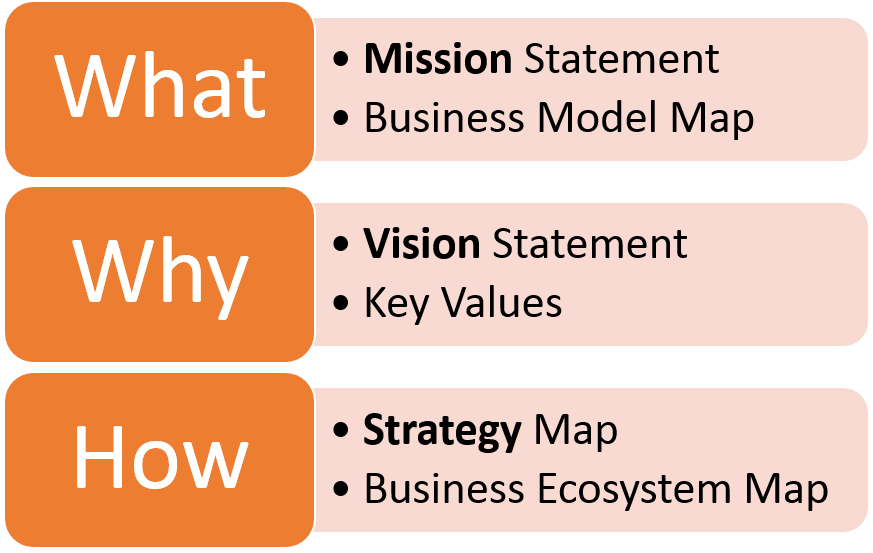
Discover strategy
We partner with our clients to understand the context for innovation and together we develop a strategy that directs and links its activities to that perspective. This means we work with all stakeholders, to identify the What/Why/How, Value Network and the ideas for innovation. All with the objective to accomplish our differentiation goals.
Prototype strategic Plan
For Continuous Business Model Planning, it’s very important to have a clear scope, set of objectives/ goals and a strategy of the plan you want to create.
Designing is about making the structure of the Business Model explicit. The following dimensions are used to make the design of the Business Model:
- Think about the participant networks that are used or need to be created. What makes a participant network? It can be yourself and your customer(s) or yourself and your partner(s) or even all three together. What will help is to group them together, following the give-and-take pattern. Participant networks are re-usable between multiple Business Models. This will ease design work and leverage defined value propositions between the participants in the network.
Think about the roles that participants have in your design.
What are your value propositions and why is your customer or partner happy with them?
What value propositions does your Business Model have to yourself? Or, in other words: what value do you capture?
What activities do you need to perform to deliver a certain value proposition?
Detail the competencies you need to have to perform your activities.
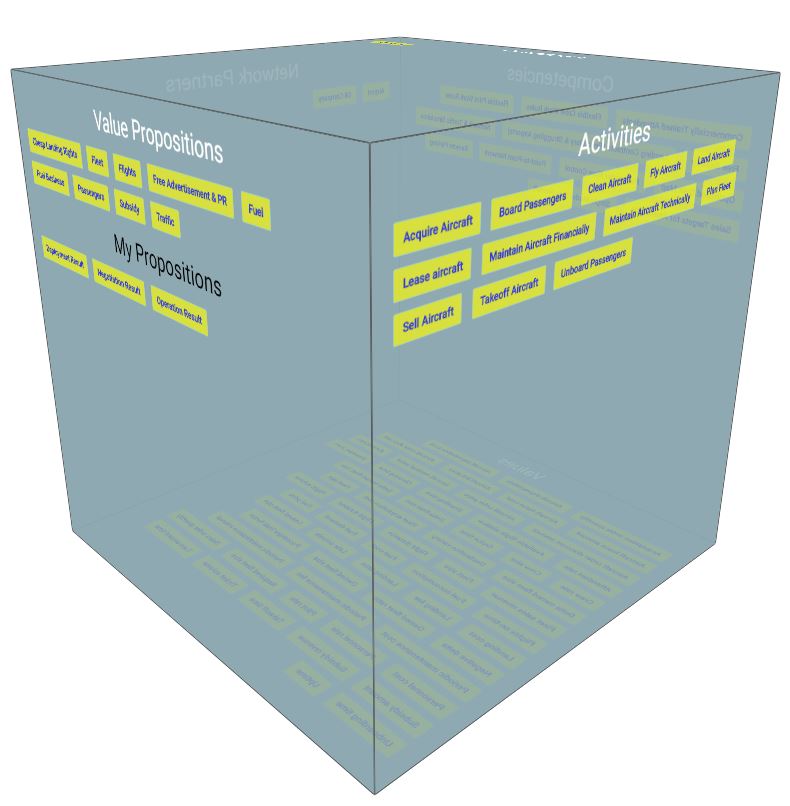
Business Model Plan
Value Management is a means to make things explicit and measure positive or negative progress. Some values you will find as overarching for your plan. Other values are more linked to the operations of your activities and are more internal to a Business Model. Important aspects to be considered:
How to measure progress?
How to measure risk?
Which values are of importance for a successful implementation?
Values are a way to differentiate scenarios in an explicit manner
Distinguish between Plan-Level values and Business Model-level values
Plan-Level values allow you to simplify Value Management for your management, as they abstract from the details and show the important aspects.
Value Management on a lower level enables you to make a fine-grained structure to measure many aspects of the business.
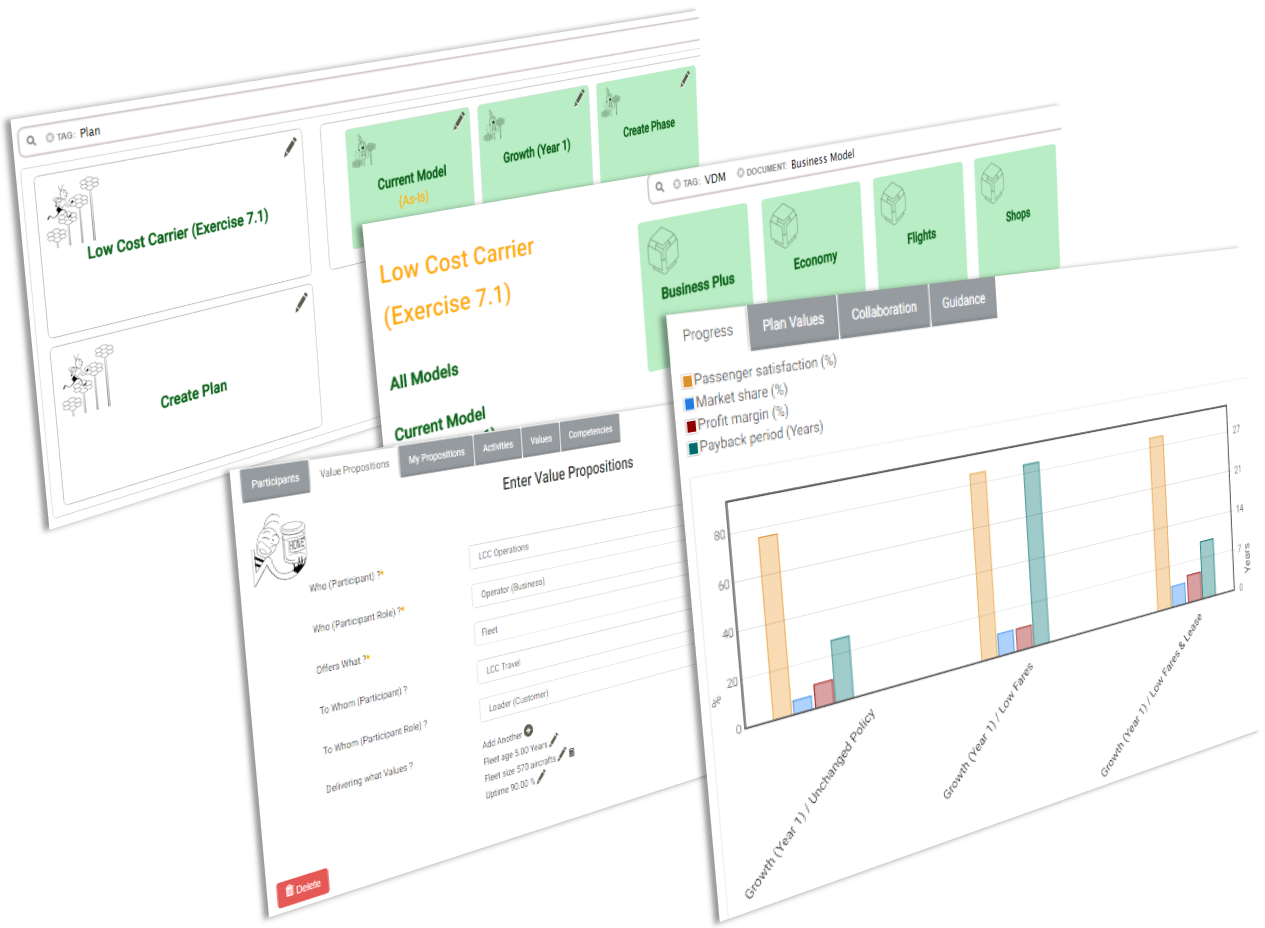
Impression of VDMbee Value Management Platform
Scenario planning and business prototyping are very important for a better decision process in a later stage. Also think about worst-case and best-case scenarios, or fallback scenarios. All of this to manage the risks by making them explicit. So everyone will have the same photo of a possible future situation.
Adopt an actionable Business Model Plan
When prototyping is over, after hard work and heads down, it’s now time to turn the prototyped business into a tangible plan for all stakeholders. It needs to be presented in a format that your stakeholders can understand and digest. The Value Management Platform now contains all the artifacts of the plan, its phases, scenarios and value creation and capturing structures. With this you can perform what-if scenarios, compare scenarios etc. All with the objective to take decision about what path you take into the future. Mining the Value Management Platform and structure the information right is a key job of your Value Management Platform professionals.
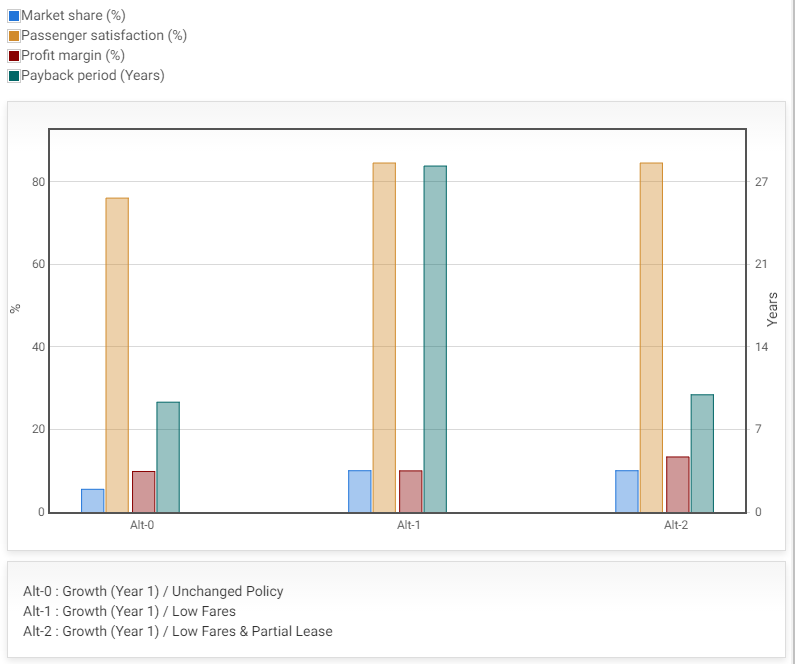
Decide on key decision drivers

